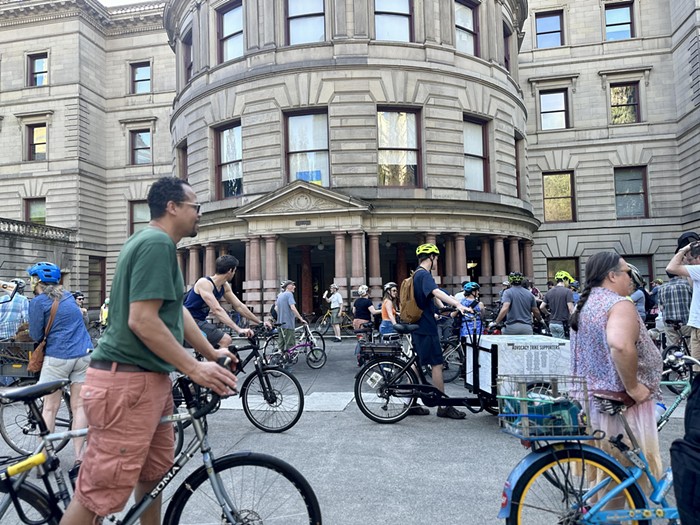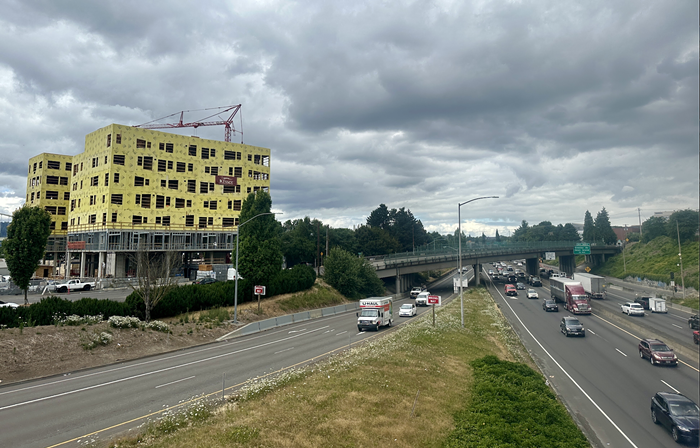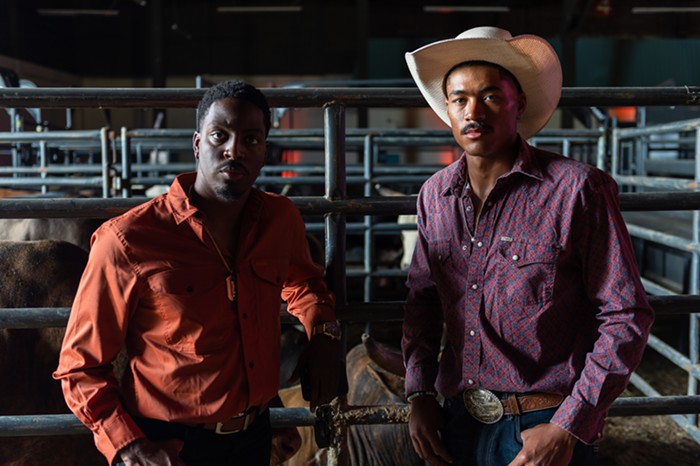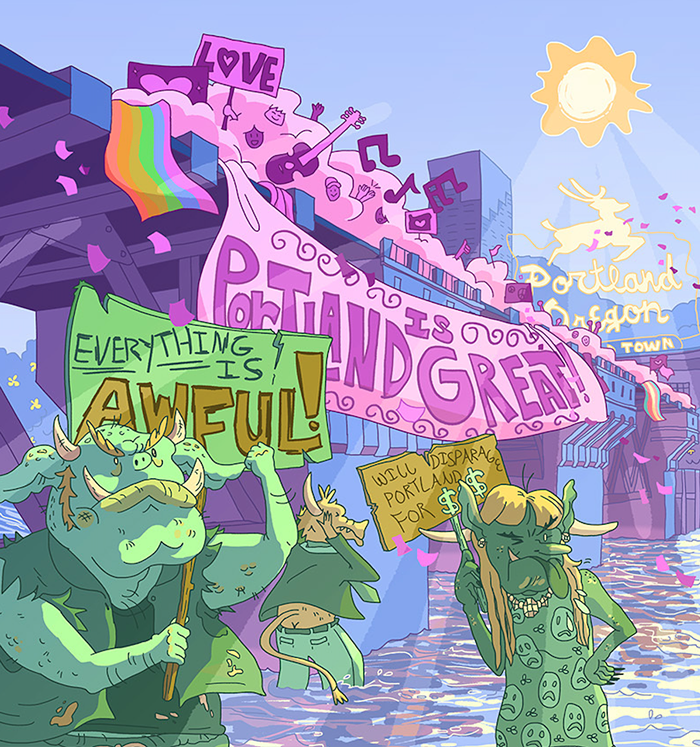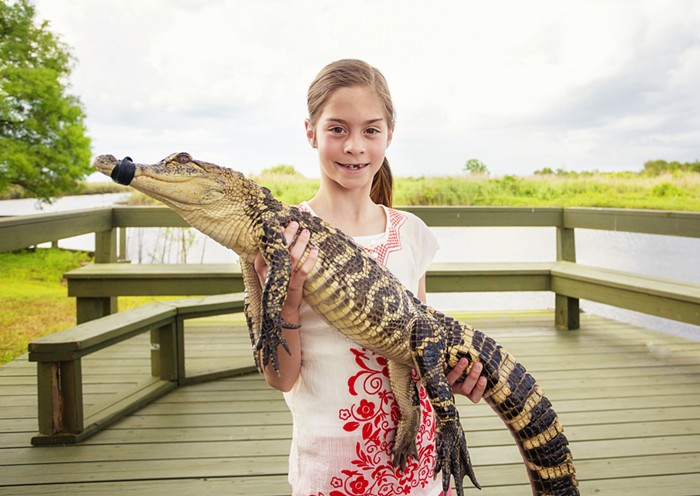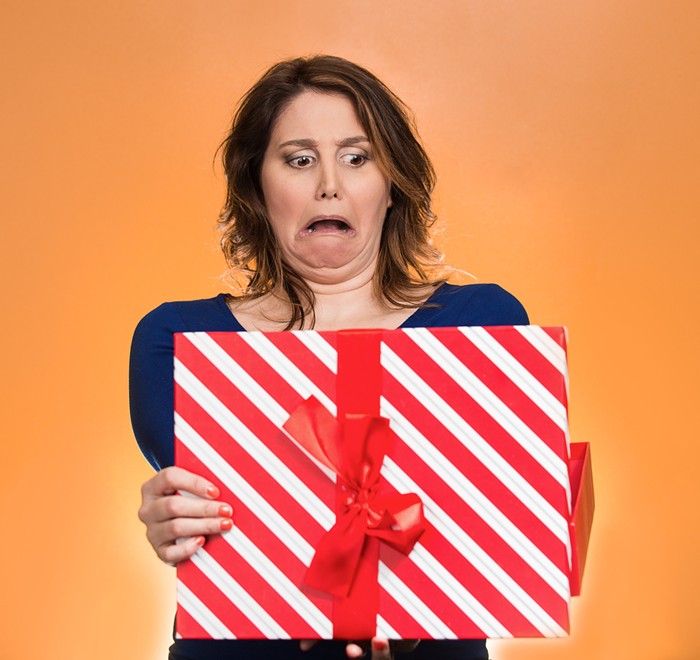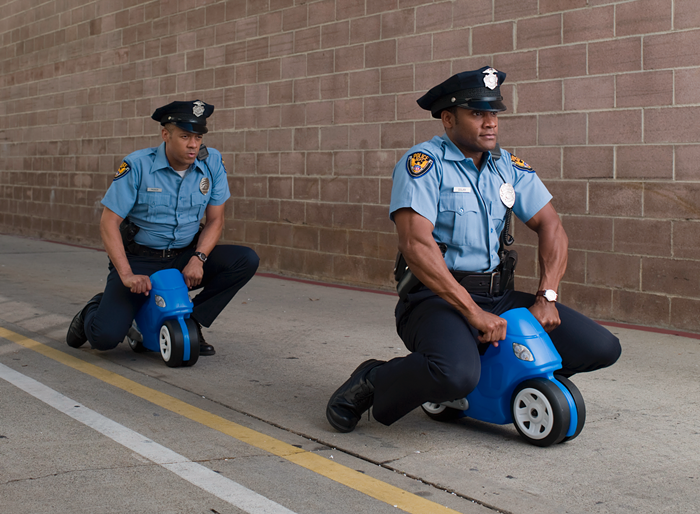Driving often gets credit for being the most “convenient” form of transportation—but in over-parked, traffic-jammed, densifying Portland, it’s anything but. And if you’re in town to sample our always-evolving craft beer, nationally recognized Willamette Valley wines, or sticky, icky, legal chronic, then you shouldn’t be driving anyway! Fortunately, this town is rich in alternate transit options.
PUBLIC TRANSPORTATION
TriMet, Portland’s public transit agency, operates buses and MAX light rail trains. TriMet passes apply to these two transit modes, as well as to the Portland Streetcar, and cost $2.50 for a 2.5 hour pass, and $5 for a day pass. Tickets for kids, seniors, and people with disabilities cost $1.25 for a 2.5 hour pass, and $2.50 for a day pass.
You can still purchase paper tickets on the bus or at MAX and Streetcar stops—but if you want a more convenient, cash-less option, pick up a Hop FastPass at the nearest Plaid Pantry, New Seasons Market, or Fred Meyer grocery store, and then load money on to it using the Hop app.
If you use Google Maps or Apple’s Maps app, you should be able to navigate TriMet’s routes using your phone. For more detailed route information and up-to-the-minute arrival times, you can download the PDX Bus app.
TriMet operates over 80 bus lines across three counties—but if you’re visiting Portland and staying in a central location, a few routes should be able to serve all your needs:
Line 14 operates in the heart of Southeast Portland and runs on the bustling SE Hawthorne.
Line 20 cuts through busy Burnside, the dividing point between the north and south halves of the city.
Line 4 heads to some cool spots in Southeast Portland (SE Division) in one direction, and in the other, to interesting spots in North Portland (N Mississippi and St. Johns).
The MAX train is helpful if you want to travel a long distance quickly. The five different colored lines (Blue, Red, Green, Orange, and Yellow) all serve different parts of the region, and stop at popular destinations like the Oregon Zoo, Providence Park (home to the Timbers and Thorns professional soccer teams), and Pioneer Courthouse Square. Catch the Red Line if you want a cheap, traffic-free connection between downtown Portland and the airport.
The Portland Streetcar is a good option if you plan on staying in the downtown Portland area. Use the A or B Loop trains to travel between Portland State University and the Pearl District, or take the NS Line to the development-dense South Waterfront.
Once you’ve arrived at the South Waterfront, be sure to take the Portland Aerial Tram up to OHSU’s Marquam Hill campus and back. The tram offers stunning views of Mt. Hood and Mt. St. Helens, so keep your camera handy.
NON-PUBLIC TRANSPORTATION
If you’re on a time crunch or just don’t want to worry about bus routes while on vacation, you can also use ride-sharing apps like Lyft or Uber, both of which offer short wait times in most of Portland. If you prefer to drive yourself, car2go and Zipcar are easy ways to rent a ride for the afternoon.
You can also support the local economy by patronizing cab companies like Radio Cab (503-227-1212) or Portland Taxi Cab (503-256-5400).
BIKES AND E-SCOOTERS
Portlanders are proud of their bike-friendly city, and there are plenty of fun and safe routes to explore. Find ideal bike trips by picking up a Portland bike guide at Powell’s City of Books, or at one of the city’s many bike rental services. You can also visit portlandoregon.gov/transportation/article/391729.
Some centrally located bike rental shops include Pedalbike Tours (133 SW 2nd) and the Bike Gallery (1001 SW 10th). But perhaps the best way to get around on two wheels is to use the orange Biketown rental system—just look for the orange bikes scattered throughout downtown. (And see page 7 for more details on biking and Biketown.)
Portland is in the middle of a year-long electric scooter pilot program, meaning you can use a smart phone app to rent an e-scooter, scoot to your desired destination, then leave the scooter for the next person to use. Keep in mind that Oregon law requires you to wear a helmet and not ride on the sidewalks, so you’ll want to stick to streets that include bike lanes or don’t have heavy car traffic.




